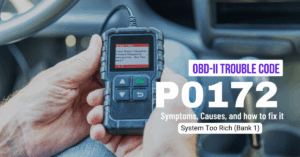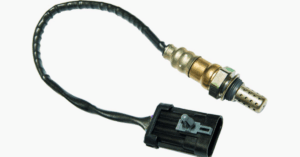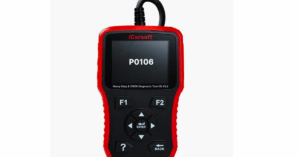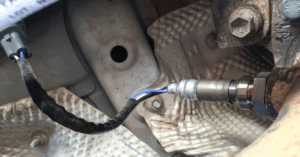What does the P0106 error code mean?
The P0106 diagnostic trouble code signifies a “Manifold Absolute Pressure (MAP) Sensor Performance Problem.” The MAP sensor is critical because it measures the pressure within the intake manifold. This helps the engine control module adjust fuel delivery and ignition timing to optimize performance and efficiency.
When the P0106 code is triggered, the engine control module has detected a signal from the MAP sensor that pressure is outside the expected range based on the engine load, throttle position and rpm.
Importance of addressing P0106
Addressing the P0106 error code is essential because the MAP sensor is critical for maintaining the proper air-fuel mixture and engine timing. If the sensor sends incorrect readings, it disrupts the engine’s performance, potentially leading to inefficiencies and poor fuel economy. This can also result in higher emissions, which is harmful to the environment.
Ignoring the issue can cause drivability problems like rough idling, stalling, and hesitation during acceleration. Over time, neglecting to fix the sensor could lead to more severe damage to the engine and other critical components, resulting in expensive repairs. It’s important to address the problem promptly to avoid further complications and ensure the vehicle runs efficiently.
Should you drive with a P0106 error code?

Driving with a P0106 error code is not recommended, even though it may be possible. This error code can cause issues like hesitation, power reduction, or stalling, which can negatively affect vehicle performance and safety, especially in high-traffic situations or during acceleration.
Continually driving with this error could worsen the problem, potentially leading to engine damage or increased wear on related components. It’s best to address the issue promptly to avoid more serious and costly repairs in the future.
Common symptoms of P0106 error code
- Check Engine Light Illuminated:
The P0106 error code refers to a problem with the manifold absolute pressure (MAP) sensor, which helps the engine control unit (ECU) monitor air pressure in the intake manifold. When the ECU detects an issue with this sensor, it triggers the Check Engine Light (CEL) to alert the driver that something is wrong with the engine’s performance, often related to the air-fuel mixture. - ·Poor Acceleration or Hesitation During Throttle Input:
If the MAP sensor is malfunctioning, the engine’s computer may not be able to accurately measure the intake air pressure, which affects how the fuel system adjusts. This can lead to poor acceleration or hesitation when the throttle is pressed, as the ECU struggles to deliver the correct amount of fuel to the engine. - Rough Idling or Engine Stalling:
The MAP sensor helps regulate the engine’s idle speed by providing feedback on the engine’s load. If this sensor is faulty, it can cause rough idling or even engine stalling, as the engine’s computer is unable to maintain optimal air-fuel ratios. - Decreased Fuel Efficiency:
A malfunctioning MAP sensor can result in incorrect air-fuel ratio calculations. This often causes the engine to run richer (more fuel than necessary), which leads to increased fuel consumption and decreased fuel efficiency. - Black Smoke from the Exhaust (Indicating a Rich Fuel Mixture):
When the MAP sensor is not functioning correctly, it can send incorrect signals to the engine control unit, leading the ECU to inject too much fuel into the engine. This creates a rich fuel mixture, which is seen as black smoke coming from the exhaust. This excess fuel is inefficient and results in poor engine performance. - Difficulty Starting the Vehicle:
If the MAP sensor is failing or providing incorrect data, the ECU might not be able to properly adjust the fuel delivery during engine startup. This can lead to difficulty in starting the vehicle, as the engine is not getting the correct air-fuel mixture at the right time.
Diagnosing the P0106 error code
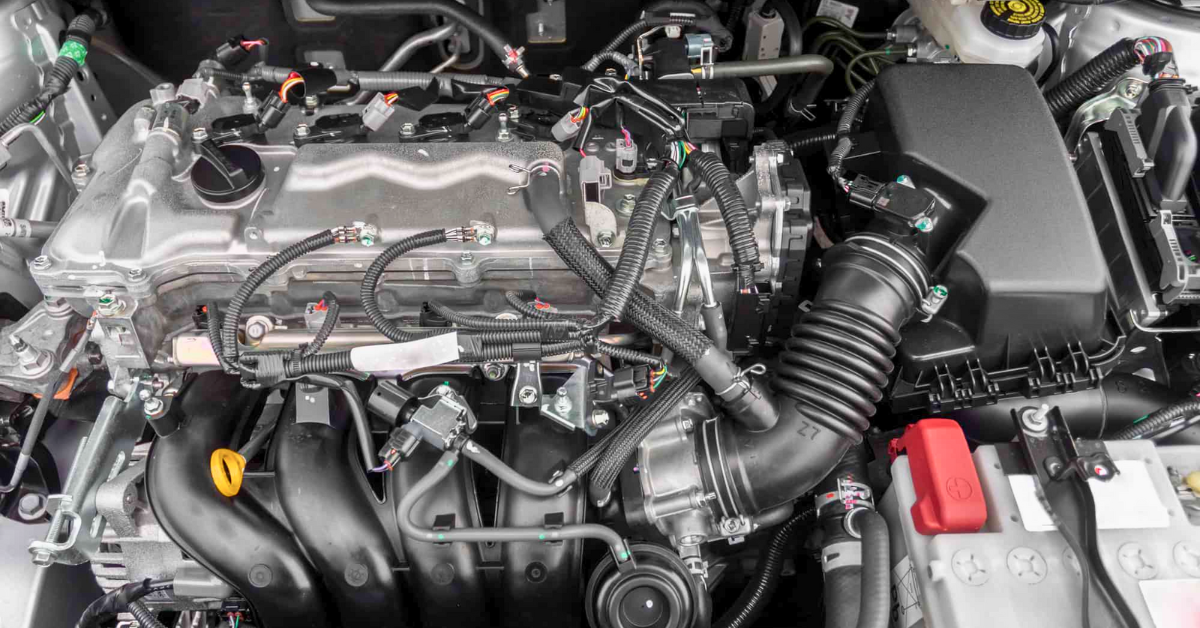
Diagnosing the P0106 error code requires a thorough and systematic approach to identify and resolve the issue. Here’s a breakdown of each step involved:
- Scan for Codes: The first step in diagnosing a P0106 error code is to use an OBD-II scanner to confirm the presence of the code and check for any related codes. This helps identify if other issues may be contributing to the problem, providing a clearer picture of the vehicle’s condition.
- Visual Inspection: A mechanic will visually inspect the vacuum lines, hoses, and intake manifold for any signs of damage, wear, or leaks. Leaks in the vacuum system can lead to incorrect readings from the MAP sensor, which is a common cause of the P0106 code. Ensuring these components are intact is crucial for accurate diagnosis.
- Sensor Testing: To ensure the MAP sensor is functioning properly, a multimeter is used to measure the sensor’s voltage. The readings should match the manufacturer’s specifications. If the readings are off, it indicates that the sensor may be faulty and needs to be replaced.
- Compare Data: Live data from the MAP sensor is compared with readings from other sensors, such as the throttle position sensor and barometric pressure sensor. If the MAP sensor’s data significantly deviates from the others, it suggests that the sensor may be malfunctioning or providing inaccurate readings.
- Check Wiring: Inspecting the MAP sensor’s wiring and connectors is vital in diagnosing the P0106 code. Corrosion, loose connections, or frayed wires can interrupt the sensor’s signals, leading to erroneous data being sent to the engine control unit (ECU). Ensuring proper wiring is intact helps rule out electrical issues as the cause.
- Perform Engine Tests: Conducting engine tests such as a smoke test or using a vacuum gauge can help detect leaks in the intake manifold. Leaks can cause inaccurate pressure readings that affect the MAP sensor’s performance. Identifying and fixing these leaks is essential for restoring proper engine function.
By following this systematic diagnostic approach, mechanics can pinpoint the root cause of the P0106 error code and determine whether the MAP sensor or other related components need attention.
Common repairs for the P0106 error code
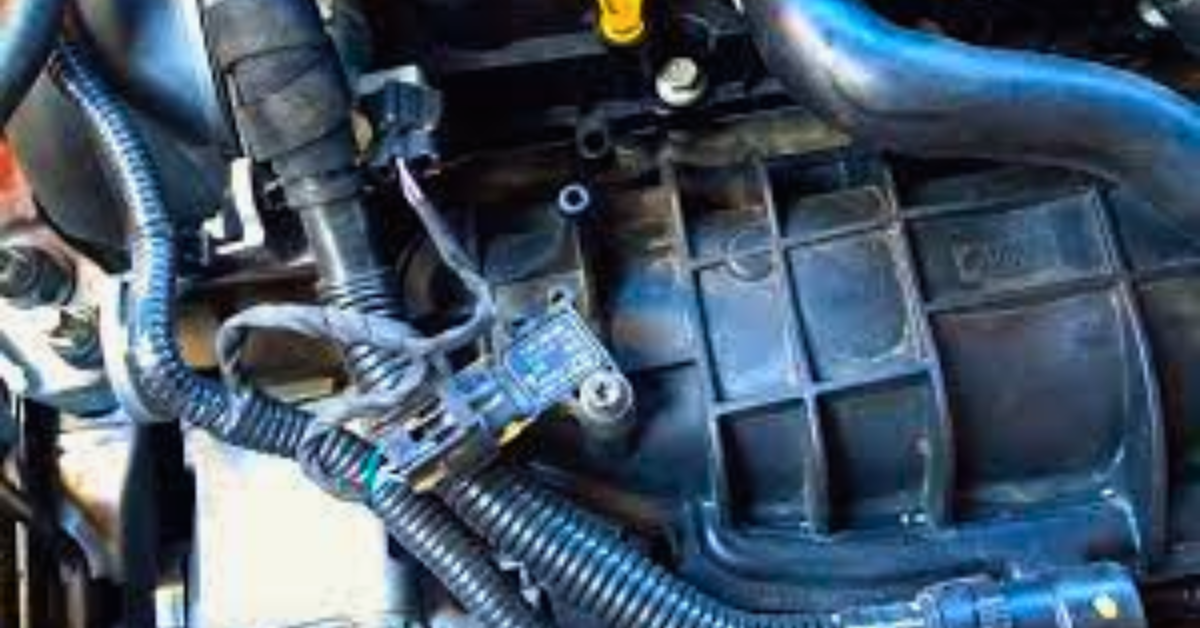
Repairs for the P0106 error code vary depending on the diagnosis, but they typically involve addressing the specific issue identified during the diagnostic process. Here’s an explanation of common repairs:
- Replacing a Faulty MAP Sensor: If the MAP sensor is found to be faulty and not providing accurate readings, it will need to be replaced. A new sensor ensures that the engine control unit (ECU) receives correct data about air pressure in the intake manifold, which is crucial for proper engine performance.
- Repairing or Replacing Damaged or Loose Wiring and Connectors: If the diagnostic process reveals damaged, frayed, or corroded wiring or connectors connected to the MAP sensor, they must be repaired or replaced. Damaged wiring can cause the sensor to malfunction or give incorrect readings, so fixing these electrical issues restores proper sensor functionality.
- Fixing Vacuum Leaks in Hoses or the Intake Manifold: Vacuum leaks in the hoses or intake manifold can lead to inaccurate pressure readings, triggering the P0106 code. Identifying and fixing these leaks—such as replacing damaged hoses or sealing intake manifold gaps—ensures that the MAP sensor provides accurate data to the ECU.
- Cleaning or Replacing Clogged Air Filters: A clogged air filter can restrict airflow to the engine, which may cause the MAP sensor to give incorrect readings. Cleaning or replacing the air filter ensures optimal airflow, which in turn helps the MAP sensor function correctly and prevents further performance issues.
- Updating the Engine Control Module (ECM) Software: In some cases, a manufacturer-specific issue may cause the P0106 error code. If the ECM software is outdated or has known bugs, updating it can resolve the issue. An ECM software update ensures that the engine control unit can properly interpret data from sensors like the MAP sensor.
- Clearing the Code and Performing a Test Drive: After any repairs are made, the error code should be cleared from the ECU using an OBD-II scanner.
Following this, a test drive is essential to ensure that the issue has been fully resolved, and the vehicle is operating normally. This step allows the mechanic to confirm that the repairs were successful, and the vehicle is no longer experiencing the problem.
FAQs
- How do I fix code P0106?
Fixing P0106 typically involves replacing a faulty MAP sensor, repairing damaged wiring, fixing vacuum leaks, cleaning or replacing clogged air filters, or updating the engine control module software. - What is the code P0106 for MAF sensor?
P0106 is related to the MAP (Manifold Absolute Pressure) sensor, not the MAF (Mass Air Flow) sensor. It indicates a problem with the MAP sensor’s ability to measure intake manifold pressure correctly. - Can I drive with P0106?
While it’s possible to drive with the P0106 error code, it’s not recommended due to potential issues like stalling, hesitation, or reduced power. Continuing to drive may cause further engine damage. - What causes low manifold absolute pressure?
Low manifold absolute pressure can be caused by vacuum leaks, a faulty MAP sensor, clogged air filters, or issues with the intake manifold or related components.

Mian Hashir is a passionate automotive enthusiast and the lead author at Car Garagee, a website dedicated to providing in-depth car reviews, maintenance tips, and the latest news in the automotive world. With years of experience in the industry, Hashir combines his technical knowledge with a love for cars to deliver insightful and engaging content. Whether you’re a car owner or a curious reader, Mian Hashir’s articles help readers make informed decisions, from choosing the right vehicle to understanding how to keep it in top condition.




